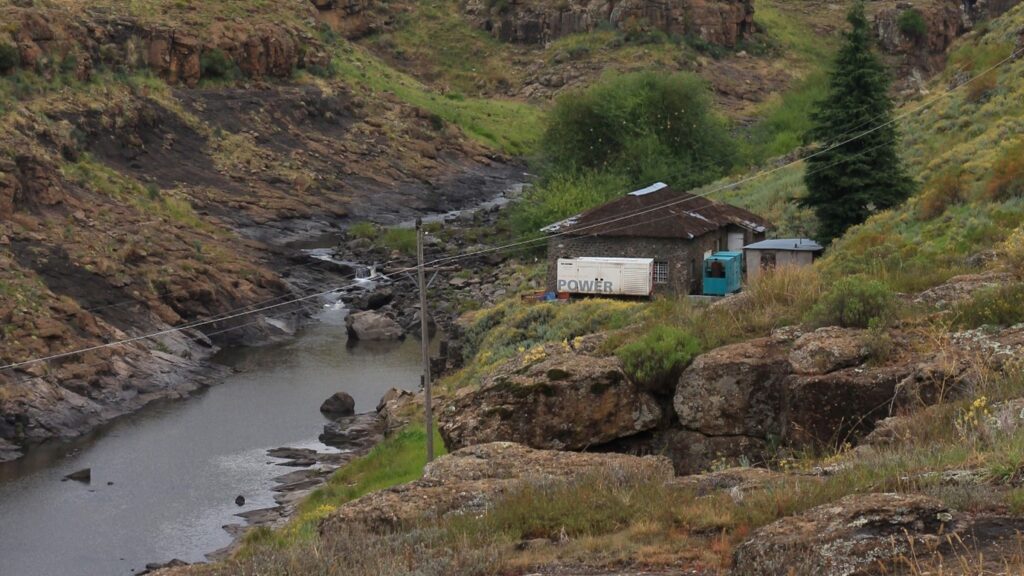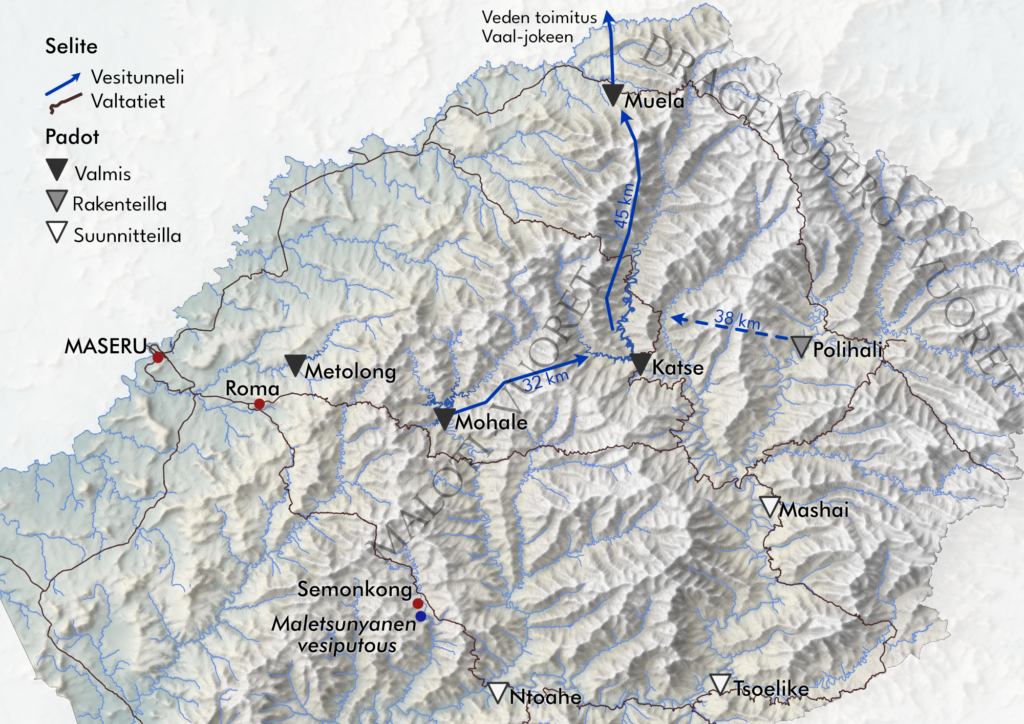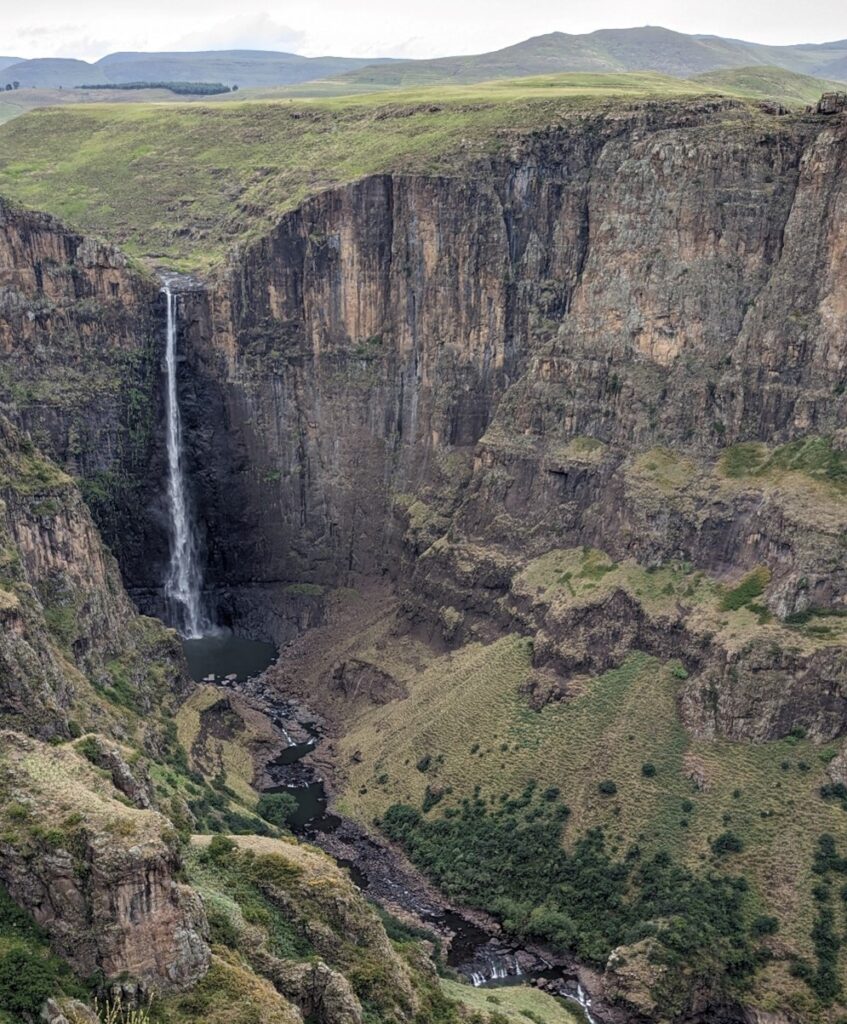Marko Kallio reflects on his experience visiting Lesotho for the first time participating in TFK PROPEL and Erasmus+ LETSEMA activities. Read his story below.
Late in February 2024 a minibus was travelling up and down the Maloti mountains enroute to a small town of Semongkong. We, a group from Aalto University and the University of Turku, had travelled to Lesotho learn about sustainable energy in rural communities. We came to Semonkong to visit a mini-grid installation together with the students and staff from the University of Lesotho Energy Research Center. The hydropower turbine powering the mini-grid had been broken for months and electricity was produced with a diesel aggregate instead and this produced one of our most profound realisations of the trip: building renewable energy is not sufficient on itself, but ensuring resources and staff for maintenance of the installation is essential.


The water sector in Lesotho differs considerably from its Finnish counterpart. This is not a big surprise, considering that, unlike in Finland, the terrain in Lesotho is dominated by high mountains and their valleys. The steep mountain slopes make building large dams possible. Lesotho has two existing giant dams and one under construction with dam wall heights higher than 145m. However, there is no hydropower installed with the megadams, but they serve as storages for water transfer to the city of Johannesburg in South Africa. The high mountains of receive considerably more precipitation than the dry plains surrounding Lesotho, making it the water tower of Southern Africa.

During the exchange at the University of Lesotho the students from Finland worked on a project related to sustainable energy in rural communities. Based on the experiences in Lesotho, their project output a blog (https://wdrg.aalto.fi/enhancing-electricity-access-in-rural-lesotho/) and social media posts to raise awareness about the energy sector in Lesotho, a photo gallery, and a document aimed to assist their fellows in planning and evaluating their progress in designing sustainable mini-grid systems in Lesotho. The outputs were presented at a Sustainable Global Technologies-fair at Aalto University in May 2024. The collaboration between the finnish universities and the National University of Lesotho continues with a new group of finnish students arriving for a short student exchange in February 2025.


